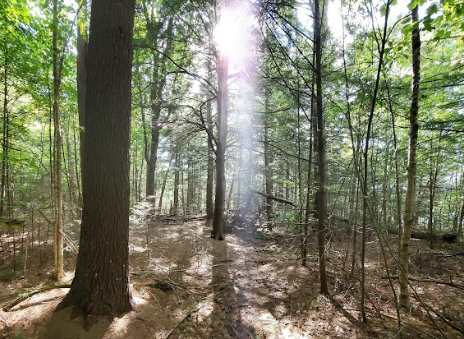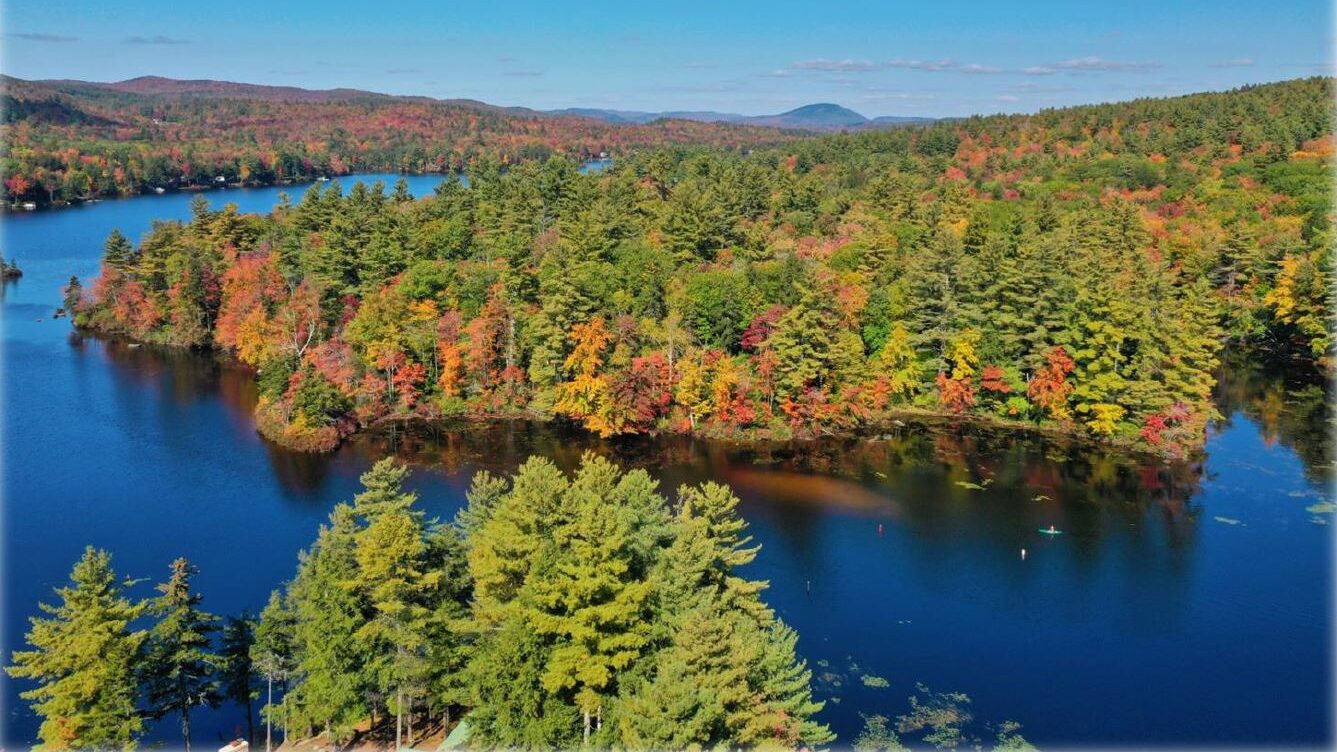
Why is Wildlife Habitat important to Highland Lake? Highland Lake is a beautiful location that is home to a diverse range of wildlife species. These species rely on wildlife habitats, which are complex systems consisting of various physical, biological, and ecological components that create a natural environment for animal species. These habitats can take on different forms, such as forests, wetlands, grasslands, and deserts, and each provides unique ecological niches that support a range of organisms, from small insects to large predators.
Food is one of the essential elements of wildlife habitats. Different plant and animal species provide food sources for a wide range of animal species, and these food sources must be present in sufficient quantities throughout the year to support the diverse dietary needs of wildlife populations. In Highland Lake, these food sources are critical to supporting the diverse range of species that call this location home.
Water is another critical element of healthy wildlife habitats. Water sources, such as rivers, streams, ponds, and other bodies of water, must be clean and accessible to support healthy wildlife populations. The availability of clean water in Highland Lake is critical for the survival of many of its species.
Shelter is also important in a wildlife habitat, providing protection from predators and the elements. Vegetation, burrows, dens, and other structures can provide shelter for a wide variety of species. Highland Lake’s wildlife habitats provide shelter for many species, including birds, mammals, reptiles, and amphibians.
Lastly, space is essential in a wildlife habitat to allow for movement and migration of wildlife populations. The amount of space required will vary depending on the species and their habitat needs. The Little Big Forest’s wildlife habitats provide the necessary space for wildlife to move and migrate freely between Highland Lake and the Pierce Conservation Area.

Wildlife habitats play a vital role in maintaining biodiversity and providing essential ecosystem services, such as clean air and water. Biodiversity is essential for ecosystem stability, providing resilience to environmental changes and supporting human societies. Wildlife habitats also provide other ecosystem services, such as pollination, nutrient cycling, and soil stabilization, which are critical for sustaining healthy ecosystems.
Overall, The Little Big Forest’s wildlife habitats are essential components of the location’s natural environment. They provide critical ecological niches for a range of animal species, supporting the maintenance of healthy ecosystems that are essential for human well-being. Protecting and conserving Highland Lake’s wildlife habitats is vital for maintaining the planet’s biodiversity and supporting a sustainable future.
